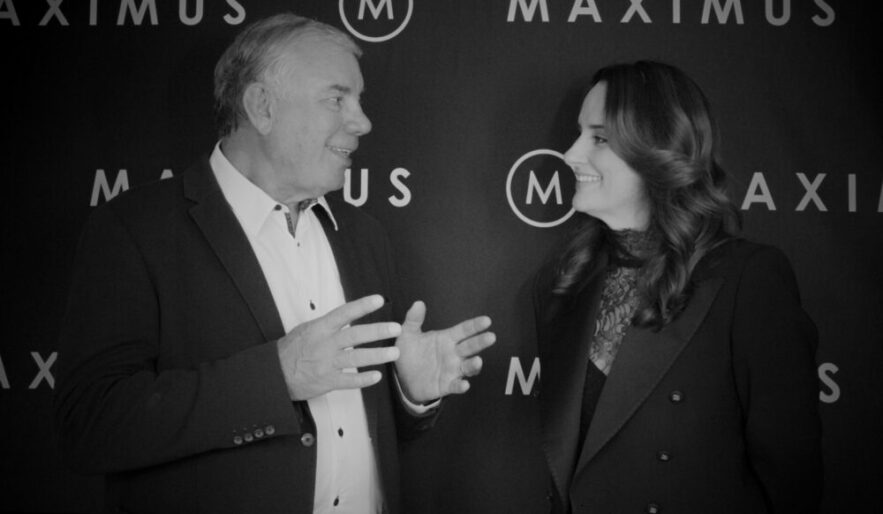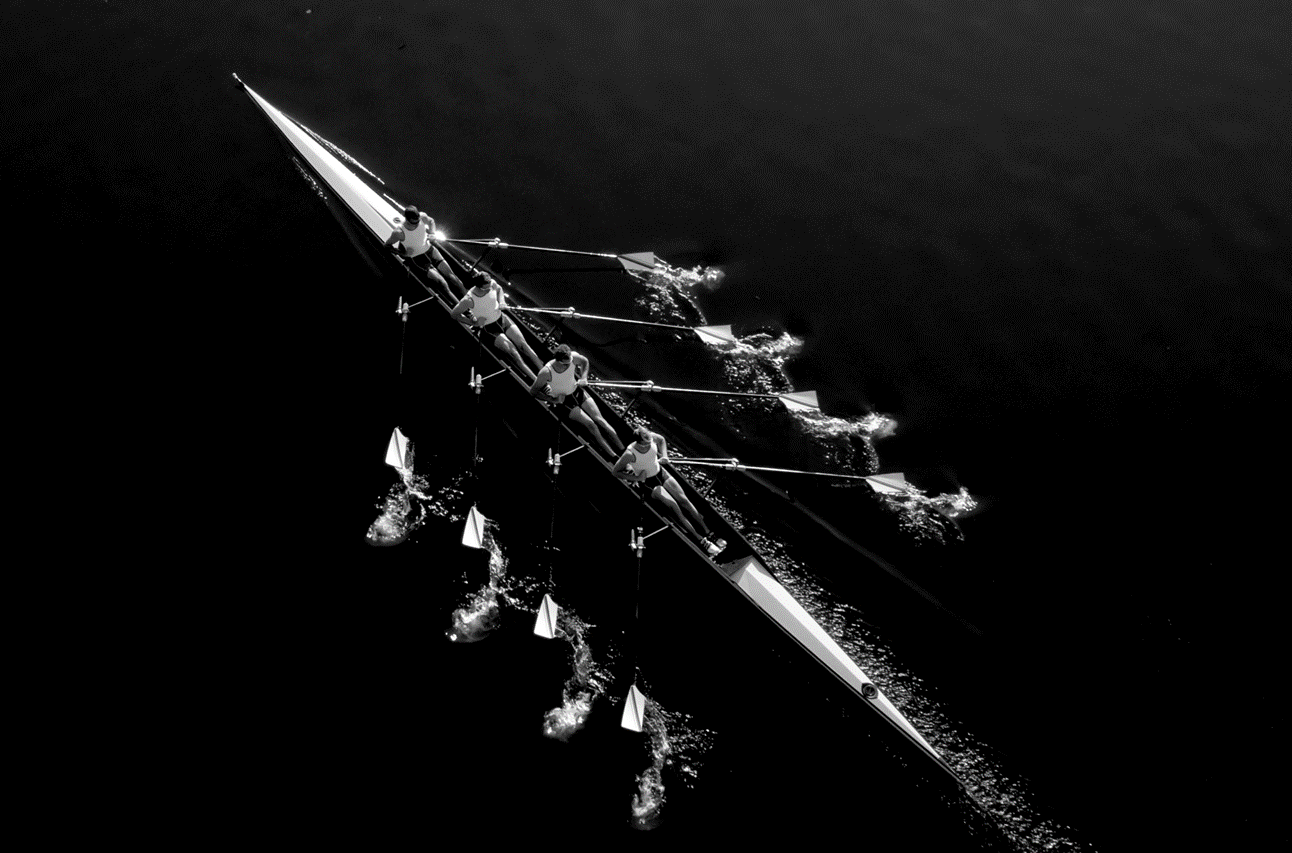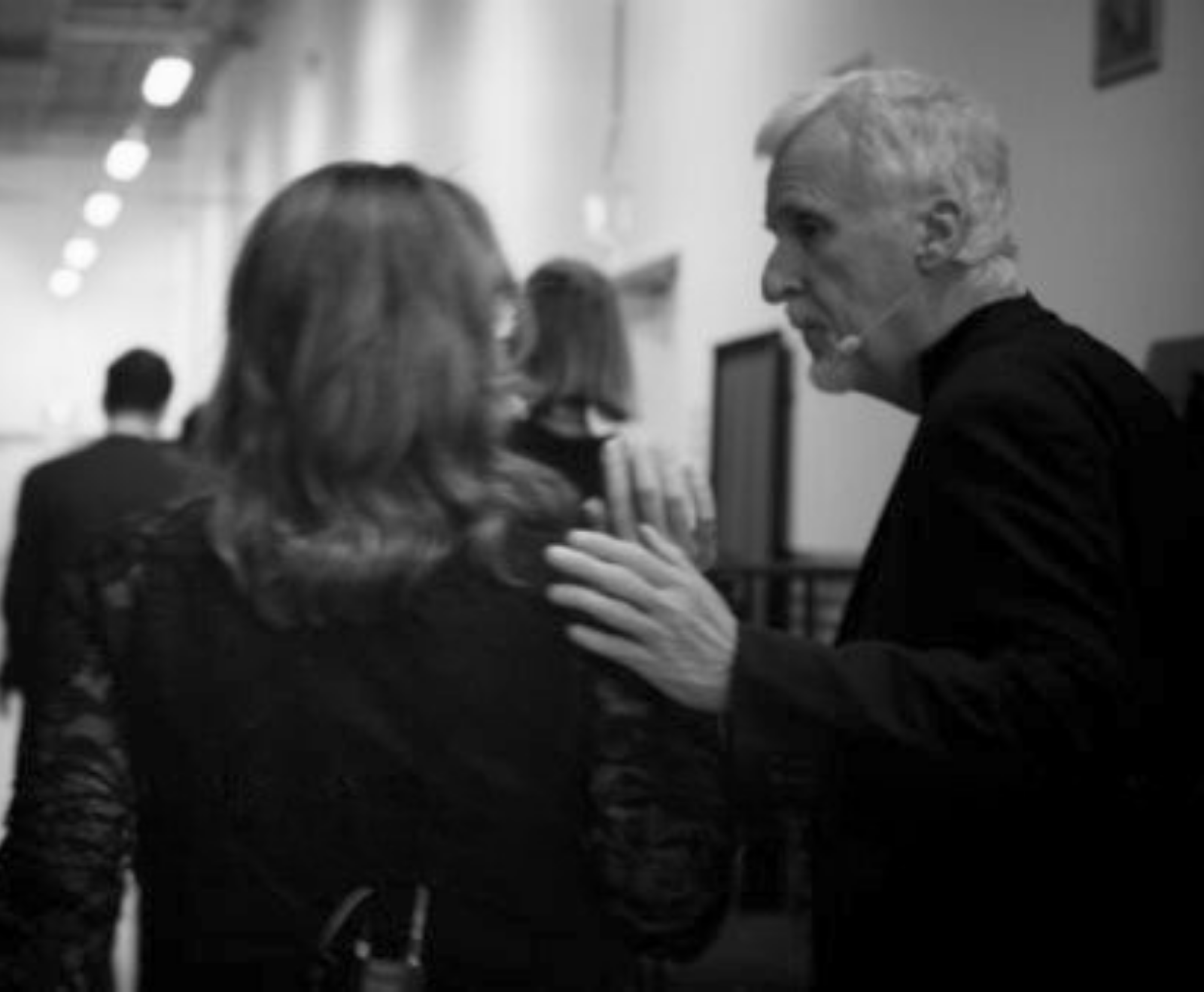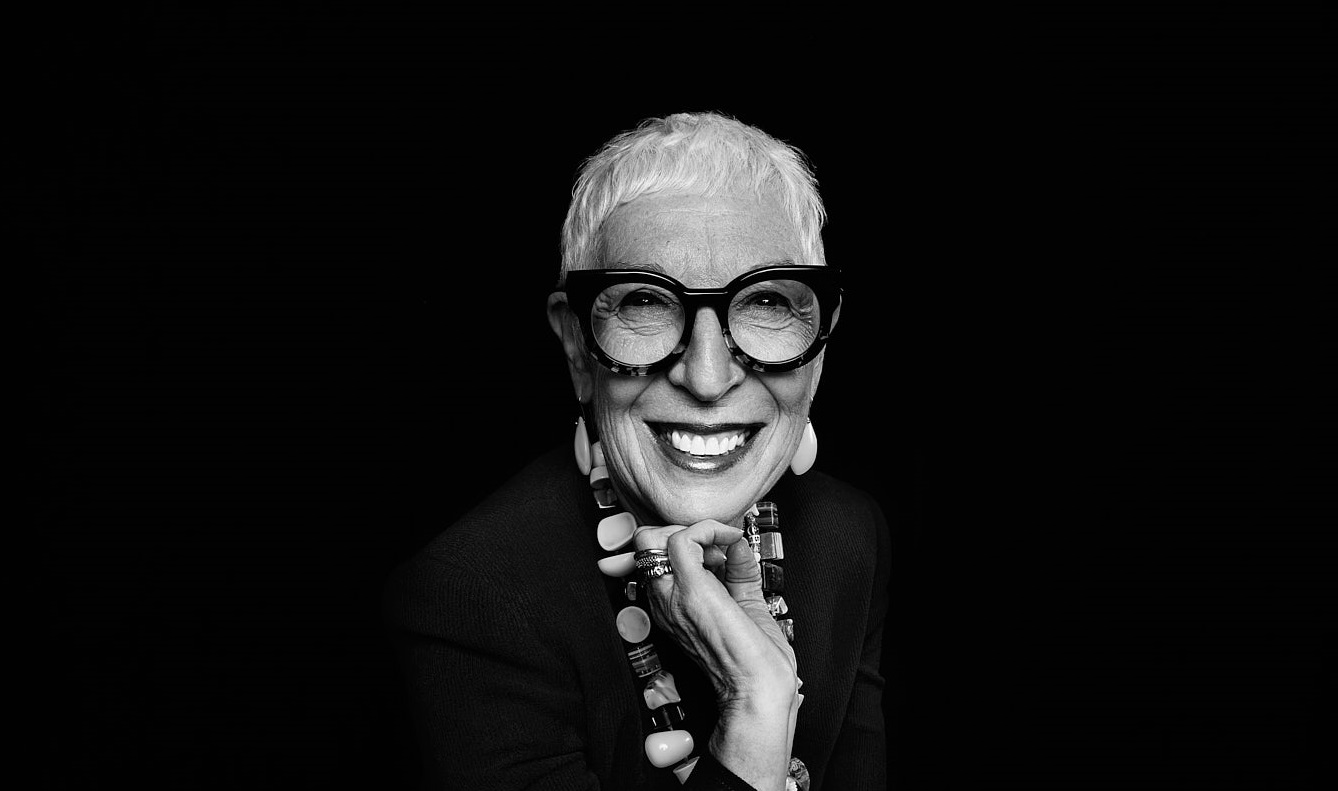“To exercise foresight is to weigh what we know – and what we don’t know – about what lies ahead, making the best call not just for the present, but for the sake of our future selves,” writes Bina Venkataraman, author of a new book, The Optimist’s Telescope: Thinking Ahead in a Reckless Age.
For the past seven years, Venkataraman, a former journalist and climate adviser to the Obama administration, has investigated how individuals and leaders of organisations can overcome short-termism to make insightful decisions for improved outcomes on every metric. Now a teacher in Science, Technology and Society at the Massachusetts Institute of Technology in the US, Venkataraman spoke with Maximus about the reasoning behind her book, and her belief that everyone can hone their ability to exercise good judgment. “There’s a misconception that thinking ahead is the province of monks of a bygone era or the truly exceptional, but it’s a capacity that we all have. A lot of it depends on the choices we make,” she says.
Surrounded by clouds of information, people tend to narrow their forecasts and sacrifice the good judgment that would lead to positive future consequences, in favour of instant gratification or immediate problem solving.
Examples of short-termism include scrambling to meet quarterly profit forecasts at the expense of investment in R&D, a source of future prosperity; and the elephant in every boardroom – decision making that plunders the present, regardless of effects on our planet’s dangerously changing climate. The Optimist’s Telescope engages readers in historical and contemporary accounts of failed foresight, but also of rewarded future thinking.
“By grasping insight into people’s values, we help them navigate the tough decisions they need to make.”
– Danielle Moore, Associate Director at Maximus
WHY ARE WE SO TERRIBLE AT PRIORITISING THE FUTURE?
“Many of us understand the criticality of future thinking, but we don’t prioritise it,” says Danielle Moore, Organisational Psychologist and Associate Director at Maximus. She explains, “A powerful reason for this lies in our neurology: the part of our brain responsible for our sense of self has no empathy for our future self because the connections haven’t yet been made.” Consequently, says Moore, “we struggle to set ourselves up for the future.” This is only exacerbated by “the pace at which we now operate – at work and at home,” she adds.
Venkataraman also identifies the pace of work and its myriad demands as a challenge to engaging foresight. She describes the common response to such manic environments as “a pattern of suppressing urgent fires without attention to what might still be smoldering”. Corporate culture, living moment to moment, Venkataraman says, typically overburdens workers and rewards emergency intervention rather than incentivising investigation of root causes and prevention.
She cites research showing that “doctors who are very pressed for time and often overscheduled, will more frequently over-prescribe antibiotics in situations where they’re not needed”. This is just one driver of the collapse of antibiotic efficacy across the population. Nonetheless, it’s terrifying to contemplate that the time-poor environment in which GPs operate is influencing our future ability to treat infections. One antidote to such compressed decision-making is for individuals and organisations to create “slack”, aka “the capacity to orient towards long-term goals”, suggests Venkataraman.
“It’s our responsibility to own the space where we engage in thought processes required for tackling long-term problems,” says Moore. Importantly leaders need to identify the long-term outcomes they want to achieve, so that their reclaimed thinking time can be deployed towards those objectives.
“If we get better at envisioning the future, then setting the short-term goals that enable us to get there will help us connect the dots between what our current self does and what our future self needs,” says Moore.
She takes this a step further, explaining that productive future thinking, as opposed to wishful
thinking, requires people to be clear around their purpose – their reason for being. “In our work at Maximus, we find that many people in leadership roles haven’t done the work required to be clear on their purpose. They can’t be committed to something that’s little more than a distant maybe. But when we connect to a higher purpose, to something that we care deeply about, this care and conviction anchors our future thinking.”

A NEW MEASURE OF THE FUTURE YOU
Asked how people in leadership positions can harness their potential to think ahead, Venkataraman says, “The very act of being focused on the future requires some imagination.” Leaders can adopt tools that help them better envisage future outcomes – for example, what they choose to measure becomes critical. “We have what cognitive scientists call an ‘availability bias’,” says Venkataraman, which leads us to measure things that align with what we can see and understand in the present. Instead, she says, “leaders need to figure out ways to measure progress that are true milestones of the future objectives they want to achieve.”
At a very simple level, the author suggests that tackling long-term projects can be advanced by spacing out the increments of time between checking emails and social media feeds. That is to say, we can choose to “measure ourselves by the amount of work we have done toward long-range goals, instead of how far we are ahead or behind on today’s communication.”
The Optimist’s Telescope quotes surveys showing that 80 per cent of CEOs and CFOs are willing to sacrifice R&D spending, and 50 per cent would delay new projects that could create greater long-term value for their companies to meet a quarterly earnings target. The author contrasts this with a 2016 McKinsey & Company report which showed almost all corporate board members and C-suite executives believe “a longer-term horizon would be better for both financial returns and innovation”.
We all experience the desire to act on behalf of the future more than we actually do. Venkataraman describes it as a yearning “for our lives to have meaning as a stitch in the long, intricate fabric of time… We aspire to do right by future generations… We suspect that if we could learn to think ahead, we might have more money, live healthier… Businesses could earn more profits, communities could thrive and civilisations could avoid foreseeable catastrophes.”
Maximus has long referred to the fact that people in leadership roles underestimate their
power to influence big-picture outcomes. Venkataraman calls it the “understated potency of each individual leader’s impact”. To channel that potential, she invites leaders to think of themselves as ancestors, to envisage the heirlooms they would like to leave for future generations. “Some leaders,” she explains, “leave their future thinking about heirlooms at home”, in the realm of family. “I think it’s really important to bridge the personal and professional realms, to bring that aspiration, that value to think about the future, into the workplace.”

FUTURE THINKER WITHIN
Author of the Optimist’s Telescope: Thinking Ahead in a Reckless Age, Bina Venkataram identifies three strategies to help M readers train the future thinker within:
1. Pick an “heirloom”, a value you want to perpetuate, or an ambition for the community that exists around you or your industry. Think about what you need to align in the present to make that heirloom persist across generations.
2. Begin to envision future scenarios to help extend your imagination; then work back from them using prospective hindsight.
3. In the business context, take an objective look at what you’re measuring and how you’re rewarding what you measure. Ask yourself whether they are milestones on a path to future prosperity, or merely metrics linked to the short-term picture.
80% of CEOs & CFOs are willing to sacrifice R&D spending & 50% would delay new projects that could create greater long-term value for their companies, in order to meet a quarterly earnings target.
-The Optimist’s Telescope
FINDING COURAGE TO ACT IN THE NOW AND COMMIT TO THE FUTURE
When everyone in your competitive set is focused on the quarterly share price, there can be a short-term downside to being the maverick outfit that looks ahead.
The tension between short-term and long-term objectives is “a real challenge for leaders to navigate,” says Moore. Organisational incentives and cultures are often set against leaders who want to make decisions with the future in mind. But Maximus coaches leaders to tap into their convictions to meet long-term goals, while delivering successful outcomes day to day.
“Courage is an interesting construct,” says Moore. “Some people say you either have it or you don’t. At Maximus we believe in a more nuanced approach.”
To create the conditions in which leaders can demonstrate their courage, Maximus begins by helping them to identify the experiences and beliefs that get in the way of making bold, foresightful decisions. It then builds on people’s natural strengths, their sense of purpose, and their desire to act for future benefit.
“By gaining insight into people’s values, we help them to navigate the tough decisions they need to make for the longer term,” says Moore.
In a similar vein, Venkataraman suggests leaders engage their teams in a technique called “prospective hindsight”; that is, imagining a desired outcome, or a worst-case scenario and working backwards from the future to identify the decision tree that might lead to either point. “It helps you to see the ways in which you have agency and choice to shape particular futures,” Venkataraman says.
She raises the caveat, however, that leaders should not expect to make perfect decisions. There is risk involved. But then, part of being a leader is “having the courage to admit uncertainty and make decisions to build something that has meaning and value over time.”
This article was originally published in the 4th edition of M Magazine, an exclusive print magazine aimed at inspiring and driving change through Australia’s executives and heads of HR.







